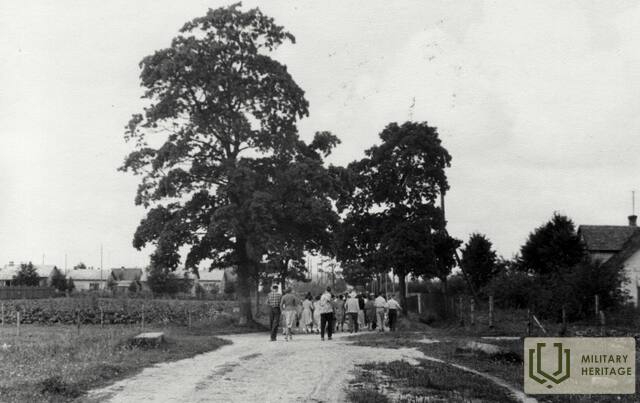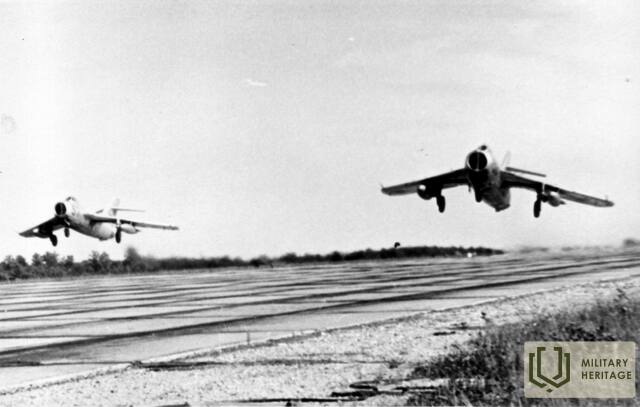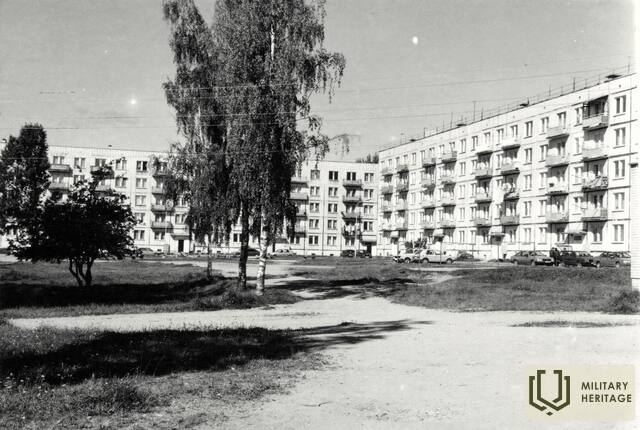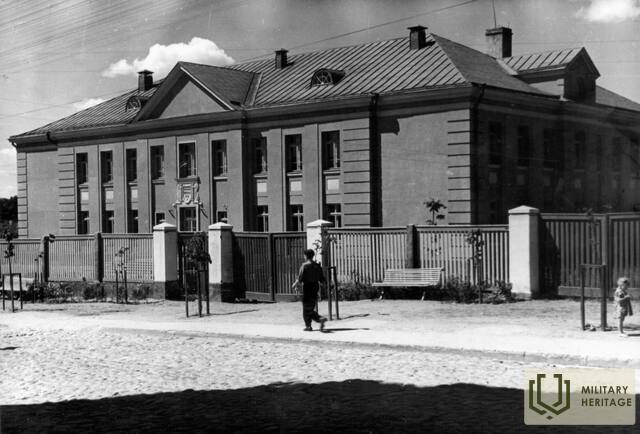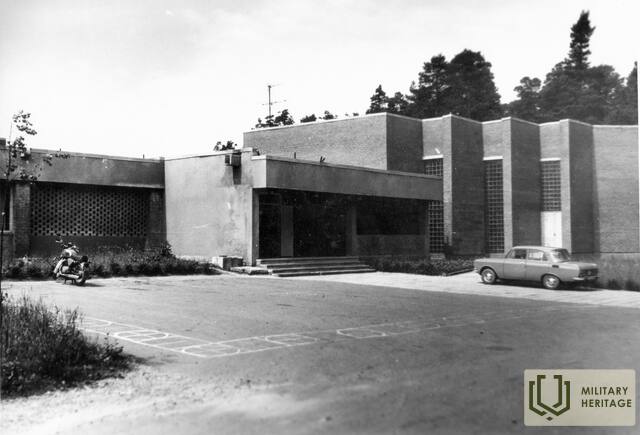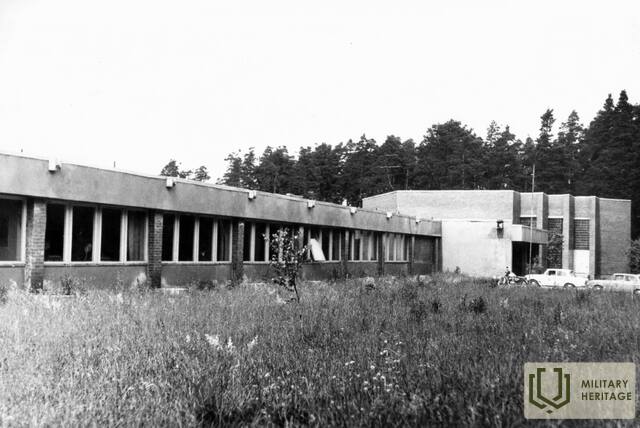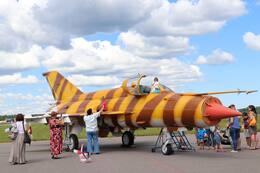The secret of Tukums airfield
The Tukums airfield holds a secret that no one has yet solved - is there really a nuclear warhead of a nuclear missile on the airfield territory, which was dug up there by the Russian army's special services after the airfield was abandoned in the 1990s?
Every story has its own beginning – this one started with a man who agreed to share top secret information for a small fee. Namely, he knew that a nuclear warhead of a nuclear missile had been buried in the territory of the Tukums airfield. It was supposedly a “gift” from the Russian army’s special services when they left the airfield in the 1990s. The man claimed that he had visited the endangered site with a radiation meter and the readings were clear – the radiation level was elevated. But what else would happen when the warhead shell disintegrated?!
Our source did not want his name revealed, so we will call the man Sunny – because of his confused smile, which would seem friendly to everyone except Sunny's father, who angrily announced that he would pick up the thief and not take him home; unable to bear such a drunken misfortune any longer!
Quite confusedly, Saulainais began to tell us that he had once worked here as a technician, but that a certain part of the airfield was home to a "deaf-mute" unit (the silent army or the army's secret service) - no one knew what they were really doing there - any conversations were forbidden. Well, in the early 1990s, when the Soviet army had left the airfield, Saulainais had a conversation in a restaurant with a high-ranking officer who boasted that a "gift" had been left for Latvians - a nuclear warhead buried 30 m deep; after 12 years, the container in which it is located will disintegrate and we will receive such a lot of radiation that it will not seem like much... Saulainais' conscience prevented him from remaining silent, so he passed this information on to the newspaper... Well, at least radioactive radiation is something that can be specifically tested, so we went to an acquaintance to get a dosimeter. Unbelievable, but lucky. We drove to the airfield, and this time we stopped at the gate to the former garage area – according to Saulainas’s message – not far from the place where the bomb was stored. He didn’t reveal where exactly it was dug up – 150 grams of molybdenum were added to trigger the nuclear warhead, but the price of molybdenum on the black market – 28,000 euros/gram! This was supposedly Saulaina’s chance to become a millionaire! The dosimeter was still silent, and our guide explained it only by saying that it had to be measured above the buried bomb – namely, about 300 m north of the gate. How much? In a short stealth mission, I scouted the territory, and – this time too, the dosimeter was silent. The fenced-off area was not large – in its far corner there were two underground storage rooms with inscriptions on the doors – “Storage Room No. 5” and “No. 4”. Judging by the wooden fences, they were once used to store vegetables. Further west, there was an impressive bunker with two hangars, overgrown with trees, and, significantly, in the corners of the perimeter of this area were concrete nests for machine guns - identical to those I saw last year in Germany, at a former Soviet army missile base, where nuclear weapons were actually stored. So, something significant must have been here, but there was no sign of a place to drop a deadly load 30 m deep.
Something from legends and truth
The sunny man said that the bomb was placed in a 5 cm thick lead container, and even if we assume that it weighs only 52 kg, as some informal sources say, even then considerable work would have to be done to dig a 30 m deep shaft (you wouldn't call it a pit).
The testimonies of the interviewed Tukums residents are contradictory – some say that in the 1990s the Russian army did not have such equipment – larger equipment was rented from Shlokenbek and even a lawnmower was borrowed from a local garden center. However, there are also people who are absolutely sure – we have no idea what was here and what capabilities the Soviet army had at its disposal... Legends about underground tunnels are still alive – one of the former airfield guards (at a time when the airfield was managed by the agricultural company «Durbe») says that on the runway side of Jauntukums there was a sign «Do not leave the runway» (there was no such sign anywhere else). Rumors have been circulating that an underground tunnel stretches in this place. Enthusiasts have examined the place with a special measuring device, and it really showed a void underground. Of course, there is no official confirmation of this version. It should be noted that the Sunny acquaintance, the owner of the dosimeter, who was later met, denied the story about increased radiation at the airfield; there was no such thing - there were once two metal tanks with radon at the airfield, and the radiation there exceeded the norm by six times. While they were thinking about what to do with them, the gypsies managed to cut them into scrap metal; now they are probably walking around radiant, if they are still walking... Such is the story, the possible truth of which none of the state institutions are currently going to verify.
Story from the newspaper "Independent Tukuma News"
Related topics
Related objects
Private military collection in Mundigciems
Private military collection in Mundigciems. Aivars Ormanis has been collecting historical objects for many years - military uniforms, uniforms, camouflage, communication devices, household items, protective equipment from different periods and countries, dating back to the Second World War, the Soviet army and the restoration of independent Latvia.
The collection is currently not well maintained and the exhibits are housed in a former collective farm barn.
Aviation Museum “SKY ZOO”
The Aviation Museum “Sky Zoo” is located in Smārde parish, Tukums municipality, in the territory of Jūrmala Airport that was once the Tukums Military Airfield. The exhibit includes aircrafts YAK-40, AN-2, SU22M4, PZL TS-11 Iskra and a helicopter MI-24. Tour of the airfield includes hangars, caponiers and engineering equipment. The airfield was used by both the German and Soviet armies. During the Soviet occupation it was one of the most important military airfields in the territory of Latvia. The fighters stationed there were intended to attack enemy ships and bomb coastal fortifications. On the night of 9 November 1975, a battle alarm was received at the Tukums airfield – there was enemy warship in the territorial waters of the Soviet Union (in the Gulf of Riga), and it had to be destroyed. Several planes took off from Tukums. However, it turned out that it was the Soviet naval warship ‘Storozhevoi’ (Guardian) on which an armed mutiny against the existing Soviet regime took place. When the planes reached the warship, the battle was still ongoing. Later the rebel leader Valery Sablin, a Soviet naval officer, was wounded and the mutiny ended. He was sentenced to death for treason. This was one of the most dramatic events showing the discontent with the regime and marking the approach of its collapse.





